Heel pain can be a real pain in the — well, heel. That can be a huge problem.
Due to its position and status as the largest bone in the foot, our heels have to put up with a lot. Intense exercise and daily walking put them under a lot of stress. Over time, this can lead to calluses, cracking, and, worst of all — pain.
There are a variety of health issues that can lead to short-term or long-term heel pain. But can these issues be exacerbated by wearing the wrong footwear? And let’s try flipping that question around: Can heel pain be fixed by wearing the right footwear?
At Kizik, we care a lot about feet and the people they support. Why else would we produce shoes and provide information on health and wellness wherever possible? Read on to answer all of the above questions and learn how to deal with, or even prevent, heel pain.
Long-term implications of heel pain
Heel pain, on its own, sounds innocuous enough. After all, it’s just a little pain in your heel. However, unlike nearly every other part of your body, there’s almost no way to easily rest your feet. “Walking lightly” isn’t exactly something a person can do. If your heel is exposed to daily use, you have to find a way to deal with the pain.
Here’s where the real issue comes in: Heel pain isn’t just pain. Eventually, most people will naturally find the least painful way to walk and walk that way. This means that you might cope with heel pain by walking with your gait off-center, making you prone to falling.
If you fall, once or habitually, you might get injured elsewhere. Truly, heel pain isn’t just heel pain. It’s an issue that, for the good of the body, must be addressed.
What are the main causes of heel pain?
There are numerous causes of heel pain. These can include spurs or bony growth-like calcium deposits. Various types of arthritis or inflammation, which may or may not have identifiable causes, can also lead to heel pain.
Arguably two of the most common sources of heel pain are plantar fasciitis and Achilles tendonitis. Achilles tendonitis is acquired through overuse of the muscles surrounding the heel. It is predominantly found in athletes as well as workers who use their feet all day.
Fortunately, the issue can be addressed at home. Achilles tendonitis may even require medical intervention if it progresses.
Plantar fasciitis is somewhat more vague. The exact cause of it is still unknown, but some generalities have been identified.
Plantar fasciitis is when an excess of pressure causes the plantar fascia muscles to become inflamed. This muscle is a thick patch connecting the heel to the rest of the foot. When it is inflamed, it may become stiff and painful.
Since plantar fasciitis comes from too much pressure on the foot, it stands to reason that footwear may be involved. When your shoes don’t properly support your foot, there may be issues involved.
How do these issues involve your shoes? We’ll explain.
Your shoes and heel pain
Heel pain, when it comes from a source directly related to your movement, is influenced by your shoes. Our choice of footwear influences how we walk, how we stand, and how much pressure goes into our feet.
Consider the following.
- Size: Shoes that are too small or narrow can constrict the foot. The placement of the ligaments and the constant rubbing are a surefire recipe for inflammation. The ideal shoes should feel just right when you first put them on. As your feet may expand the longer you spend standing, a tight fit will only grow tighter over time.
- Cushioning: Not every surface requires extensive cushioning for comfort, like grass or carpet, for example. For walking on concrete, asphalt, or other hard surfaces, cushioning is essential. The padding on your shoes can help alleviate foot pressure. Some shoes even have an elevated heel, which further helps reduce the strain felt in that particular spot.
- Roominess: How do we differentiate “roominess” from size? Let’s put it this way: If a shoe fits well, it’s the right size. If there’s enough space for orthotics, then it’s roomy enough. Ideal footwear to help alleviate heel pain should be able to fit custom inserts if so desired.
Is all heel pain caused by footwear? Definitely not. Can heel pain be caused by the wrong footwear? Absolutely. Studies show that wearing inappropriate footwear for heel support can significantly increase heel pain.
The solution: Wear the right kinds of shoes to reduce heel pain. But what does that ideal look like? For example, we’ll highlight some shoes designed with user comfort in mind.
Heel pain solutions with Athens
The Athens serves as a crash course in what heel-friendly footwear should be.
The first detail doesn’t have a direct impact on pain, but it should be noted: They are laceless. Because of this, they are designed to fit perfectly at all times, with no adjustments needed, which bodes well for size.
The cushioning on the Athens is Rabbit Foam™, a proprietary outsole that fuses durability with comfort. It specially adapts to your gait, offering support where you need it most.
Also important is to note the shape of the outsole. The shoe has a slightly elevated heel, taking the pressure off your heel to give yourself a bit of rest.
As for our definition of roominess: The Athens features removable insoles. If you have a preferred insole or orthotic, you can replace the Athens with your own. Alternatively, if you want a clean shoe, you can easily wash your insole and put it back in.
The shoe is also breathable in case sweat normally leads to irritation issues. Four-way knit fabric comfortably stretches to accommodate and helps keep your feet cool.
The above features showcase how one shoe can make an outsized difference in the use of its wearer. Suddenly, your feet have enough room. Your heel isn’t under nearly as much stress. Anything else you want to use to reduce pain can be easily added to the shoe.
Can the right footwear help your heel pain? Hopefully, yes! There are still other ways to help alleviate foot pain. Next up, we’ll cover other ways to help address foot pain once you have the right shoes.
Other methods to help reduce heel pain
The right size and the right kind of support go a long way in alleviating existing pain and preventing it. For more at-home ways to reduce heel pain, check out these other tips and tricks:
Stretch
Adequately stretch your muscles before any sort of vigorous activity. This can be before exercise, or it can be something to start and end your day.
To stretch your foot, alternate between flexing it upwards and downwards. While doing this (if you can reach), massage your foot by kneading into it with your thumbs. Doing this to the fleshy part of the foot can help release tension and make moving easier. If you can’t reach your foot, foam rollers and other tools can help you manually stretch your feet.
Wear reinforced socks
The type of socks you wear can also be of help. The ideal sock with a reinforced heel helps add the smallest extra bit of support. This sort of reinforcement provides extra durability as well.
Consider topical creams
If you are in the midst of reducing heel pain, over-the-counter medication may also be of use. Topical creams to address the specific issue you have at hand can help invigorate the healing process.
Rest
The most important thing is to give your feet time to rest when you have the chance. Overnight, elevating your feet slightly may help with specific issues causing heel pain. And when you wake up, your pain-friendly footwear will help keep those issues alleviated during the day.
The final word on pain and footwear
Heel pain is bad. Your shoes don’t have to make it worse.
Finding good shoes to combat heel pain isn’t some secret: There are well-documented details to be on the lookout for. It just so happens that at Kizik, all of our shoes are designed with ease and accessibility in mind.
Kizik shoes are also totally laceless, meaning getting them on and off is as simple as sliding your foot in. You no longer have to worry about squeezing your feet to fit an undersized shoe.
All you have to worry about, then, is choosing your favorite style.
Sources:
Heel Pain Causes I Mayo Clinic



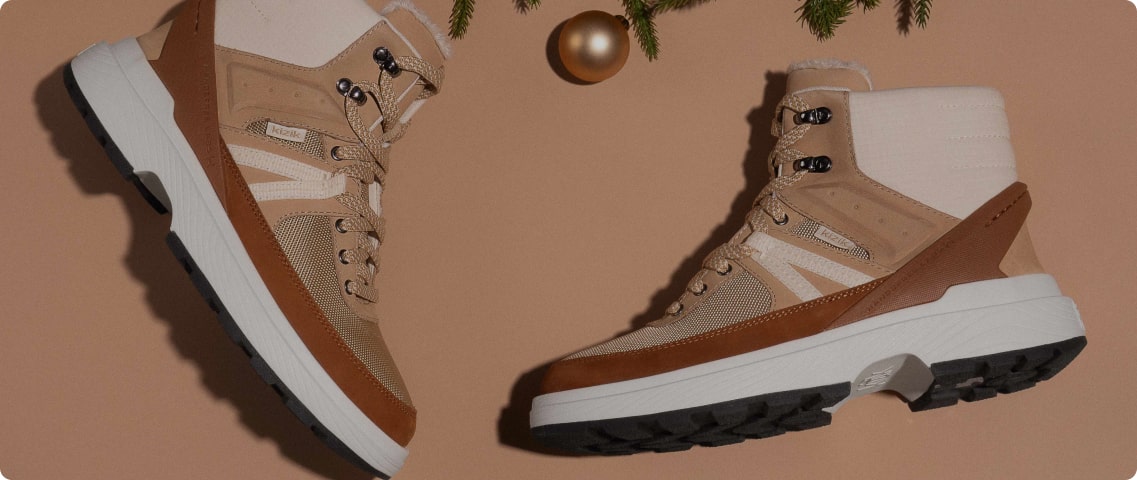
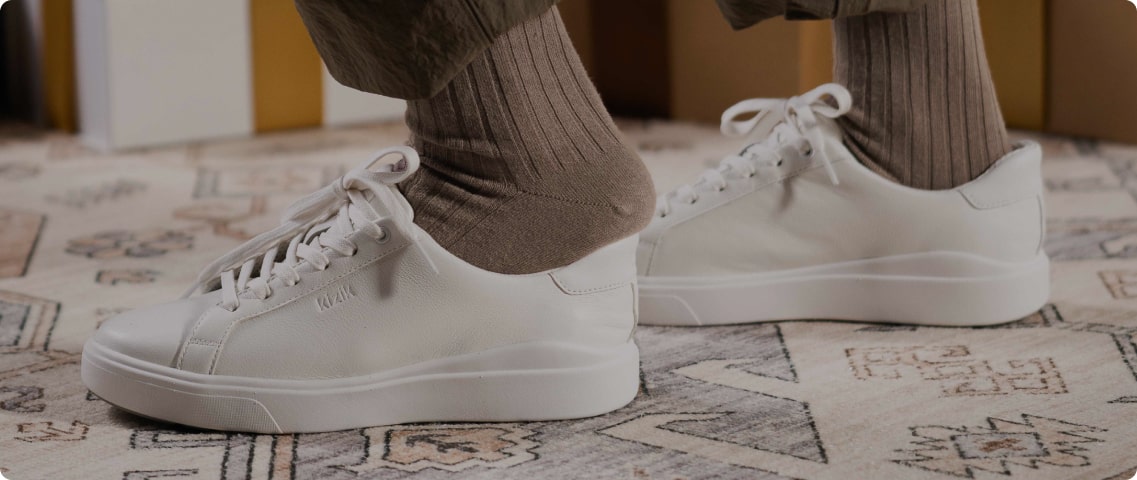
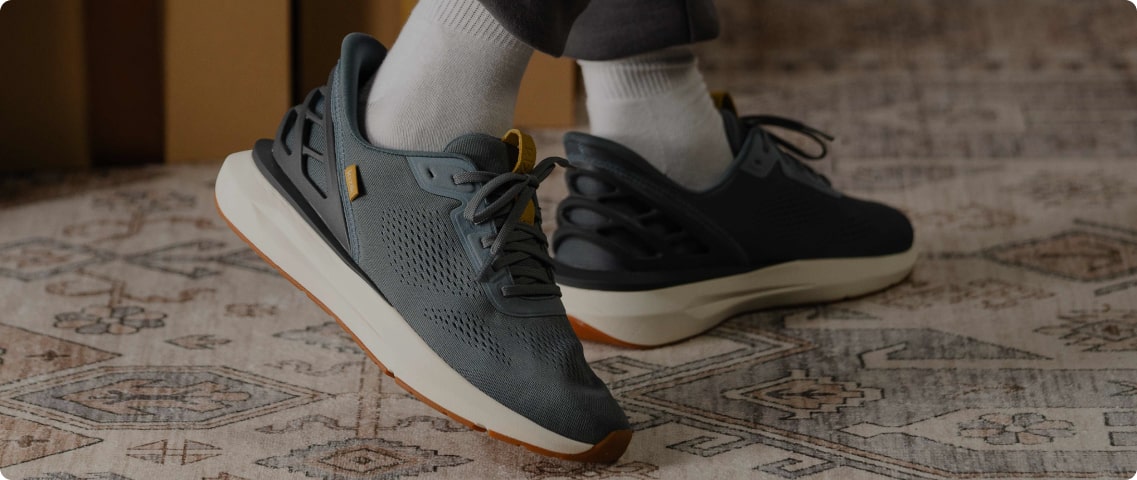


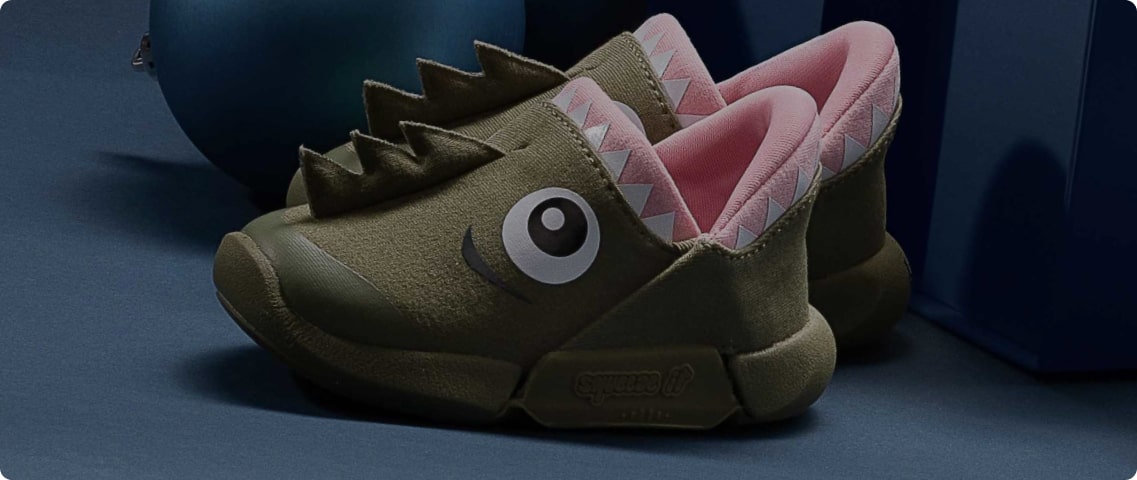
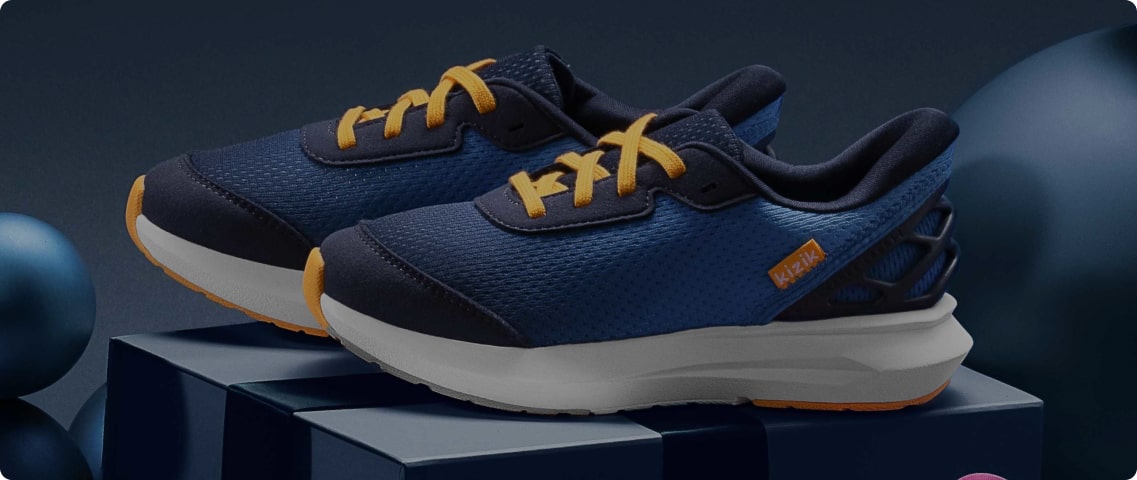
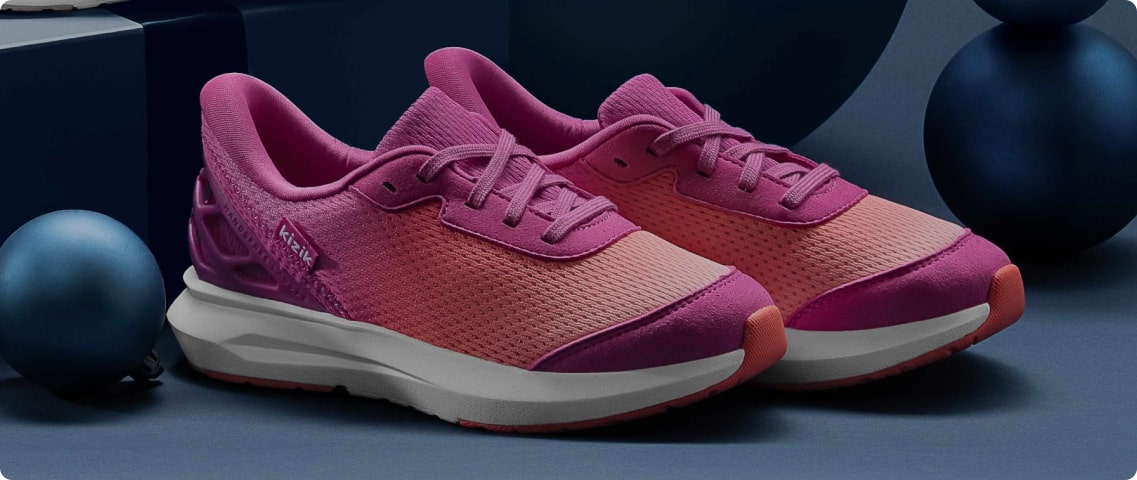

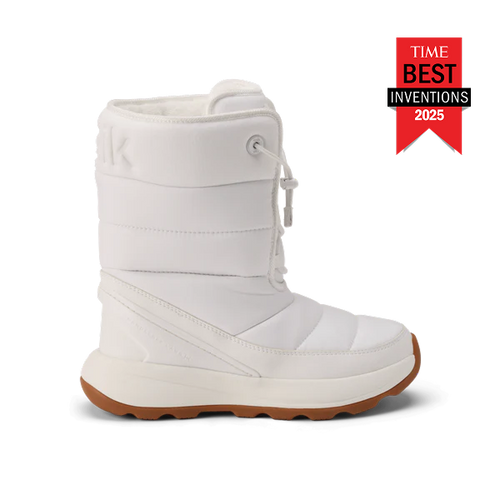


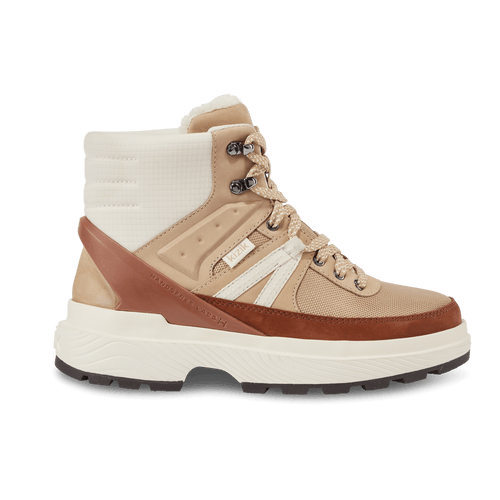
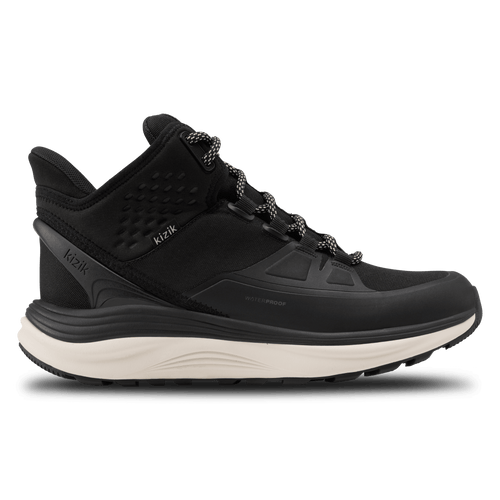








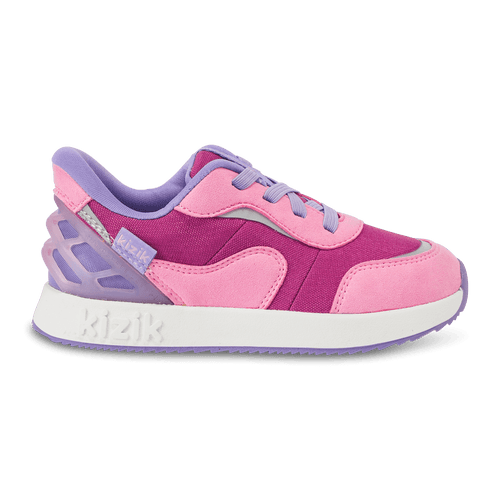

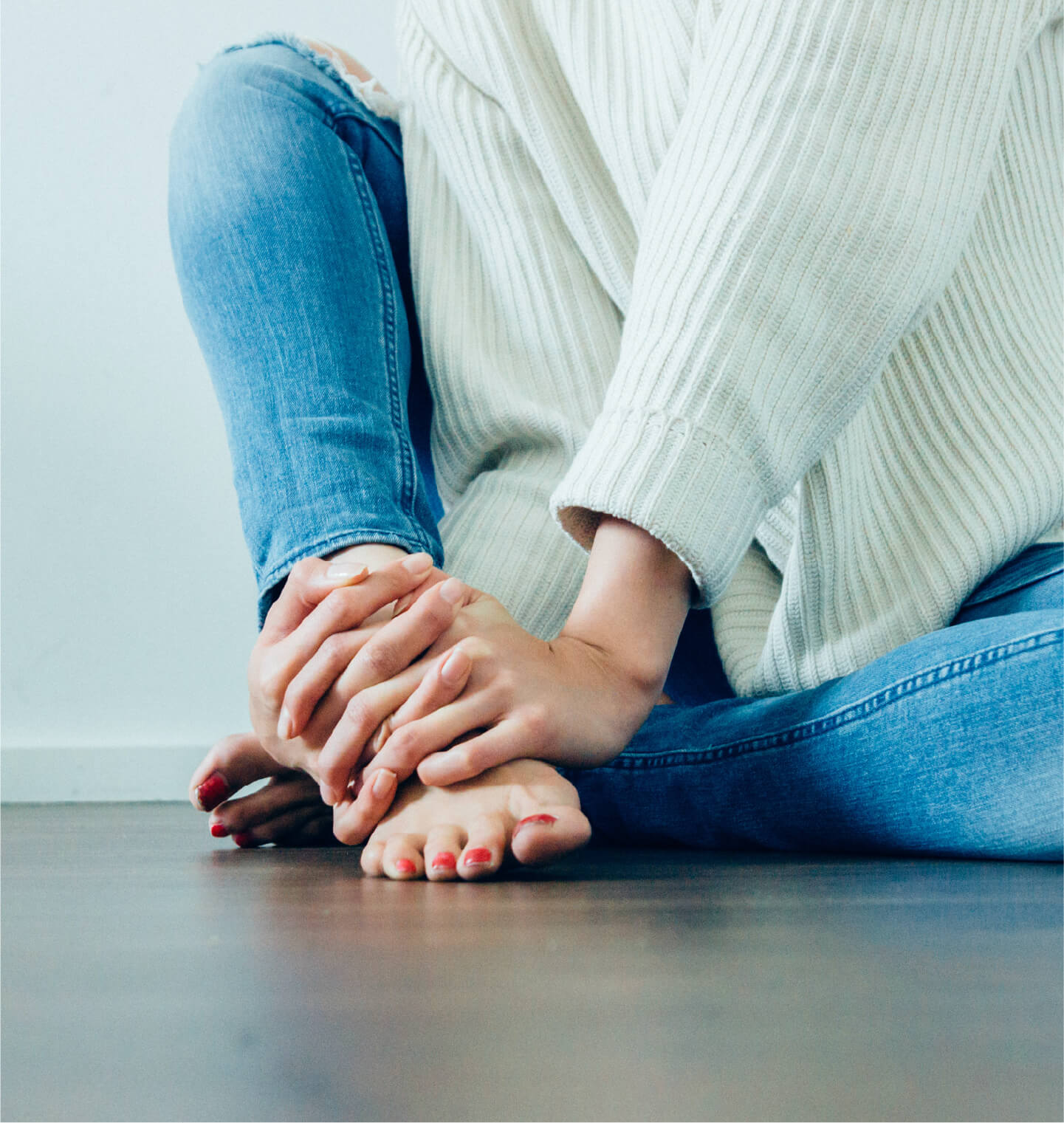


Leave a comment
This site is protected by hCaptcha and the hCaptcha Privacy Policy and Terms of Service apply.